
The last boss fell with all the drama I could've hoped for. My party happily chatted about their adventure. The credits rolled. That was it: I'd cleared Granblue Fantasy: Relink. As with most Japanese RPGs, maybe there was some optional superboss I could go throw myself at for an hour or two if I wanted to spend a little more time with the game, or some minor bits and pieces I could tidy up if the mood caught me to hit max level. You know, all the usual endgame RPG busywork.
Or maybe Relink was just getting started. It turns out there's so much more to Granblue Fantasy: Relink past the credits, its great campaign was really just an appetiser for the real meat of this fantastic action RPG.
"Finishing" the game unlocked Chapter 0, a brand new mini-adventure with a heck of a lot of towering beasts to deal with. Chapter 0 concludes in an epic clash filled with thumb-blistering action and exhilarating bouts of dragon-based projectile dodging. I assumed Relink was pushing itself so hard just to make sure it went out on the highest high, so when it was time to put it down I'd have a big smile on my face and an insatiable desire to buy lots of Granblue merchandise.
I'm pleased to say the game succeeded on all counts—and then kept going. Instead of dumping me on the title screen like I expected, Relink brought me straight back to town and unlocked a heap of new post-post game battles at a higher difficulty level instead. There was even a brand new "Ultimate" story difficulty to tackle too, promising better loot as a reward if I decided to take it on. What stood out most to me was how easygoing Relink was about it all, as if offering me more fun things to do than some games manage to spread across 40+hrs of play was just a nice little bonus.
And what I want to do, still, even though I have every excuse I need and more to put the game down and go play something else, is walk up to the quest counter and pick whatever catches my eye from a long list of online and offline challenges. Nothing beats rushing towards some 20 foot high magical being with my sword held high. Well, nothing apart from the extra rewards I'll earn if I defeat it in five minutes and smash all of its destructible parts to smithereens, anyway.
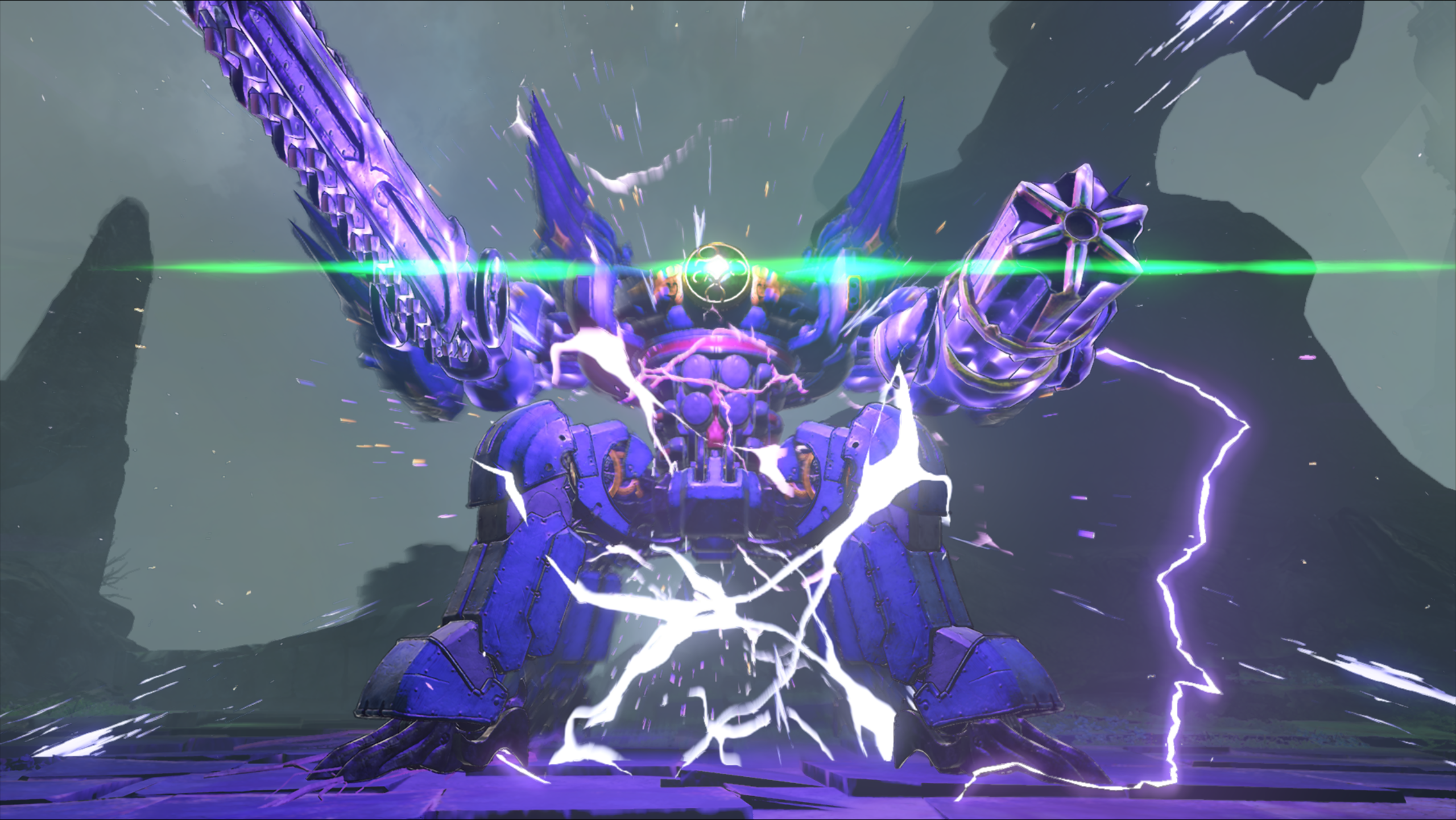
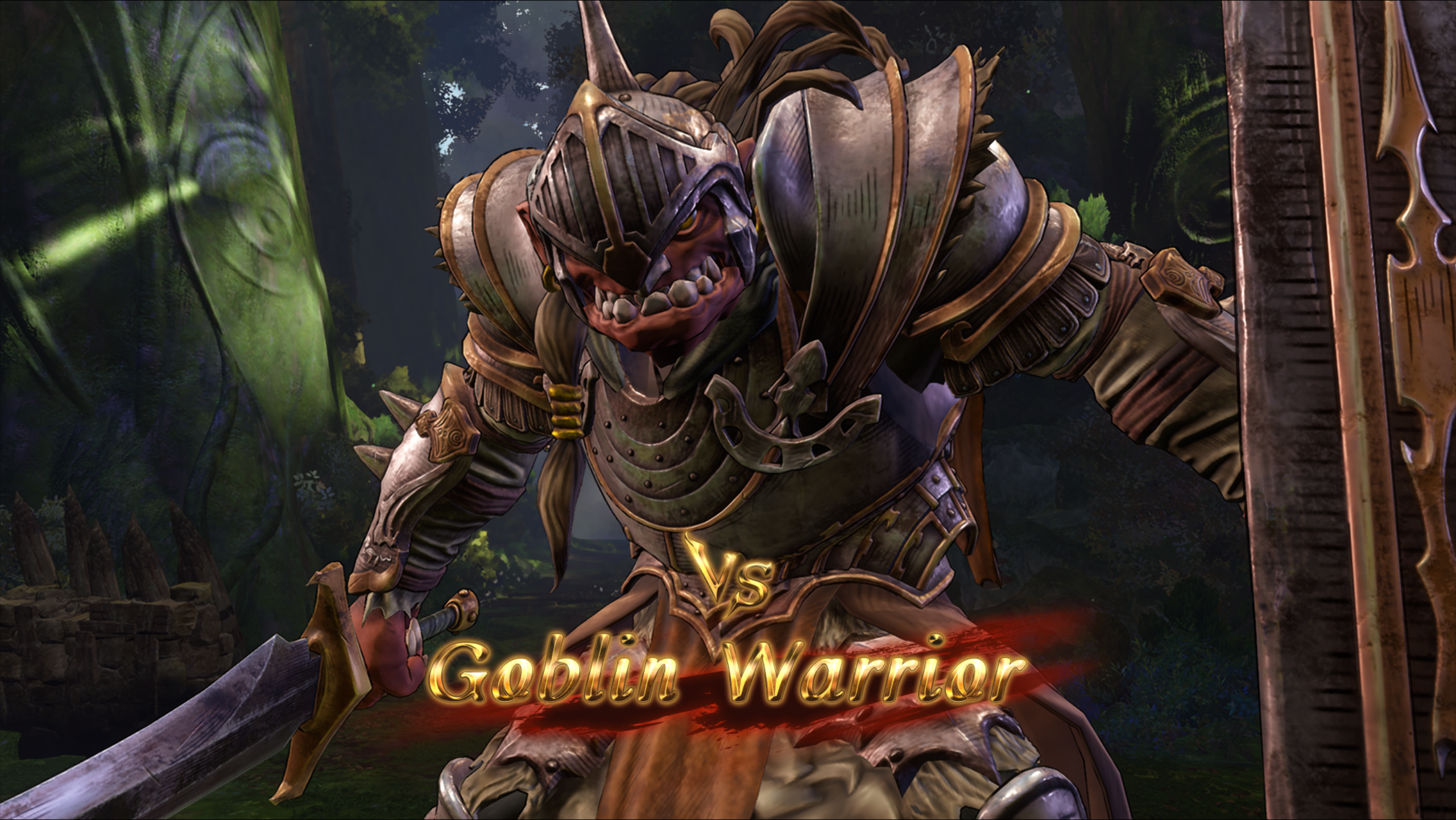
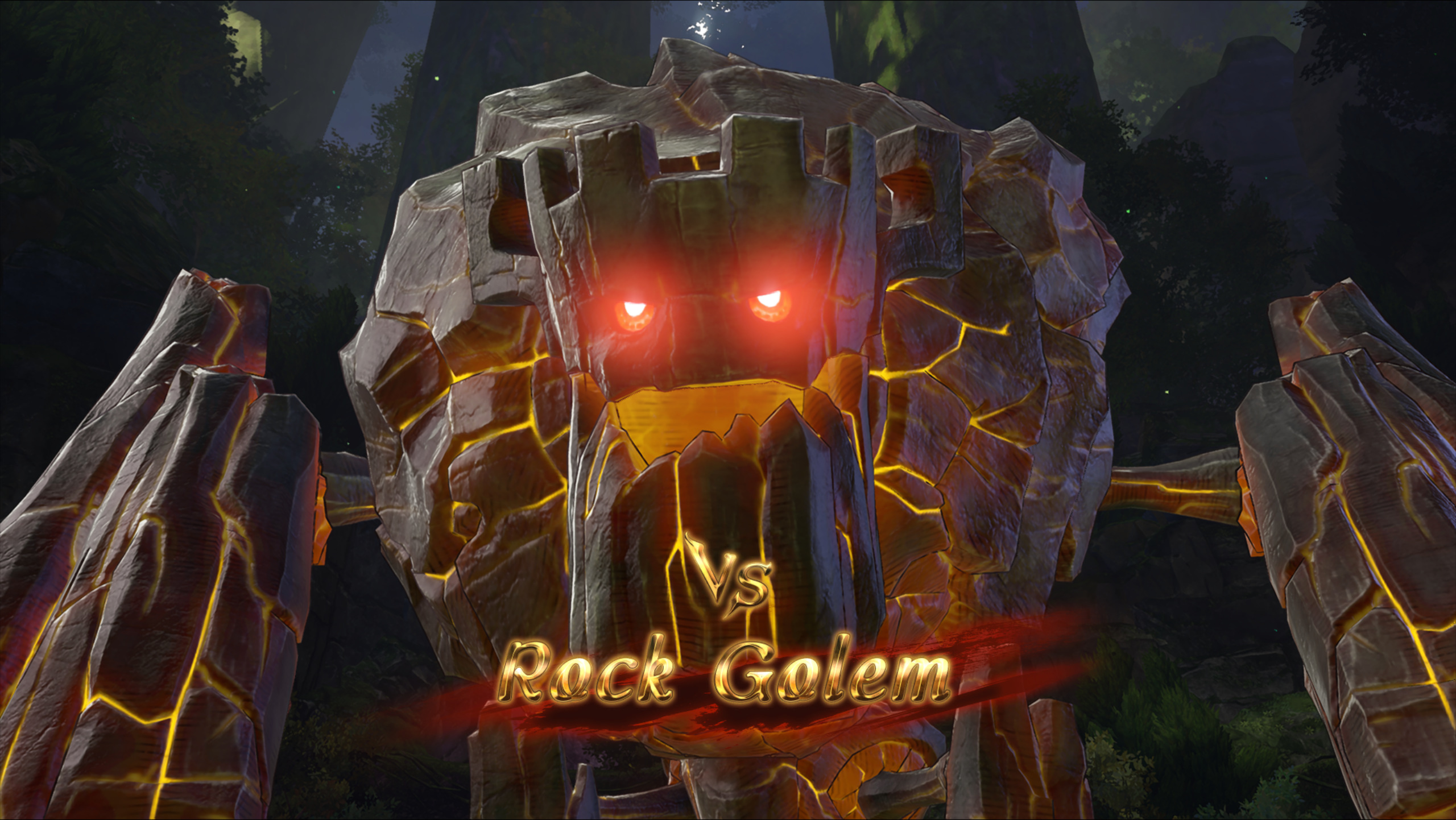
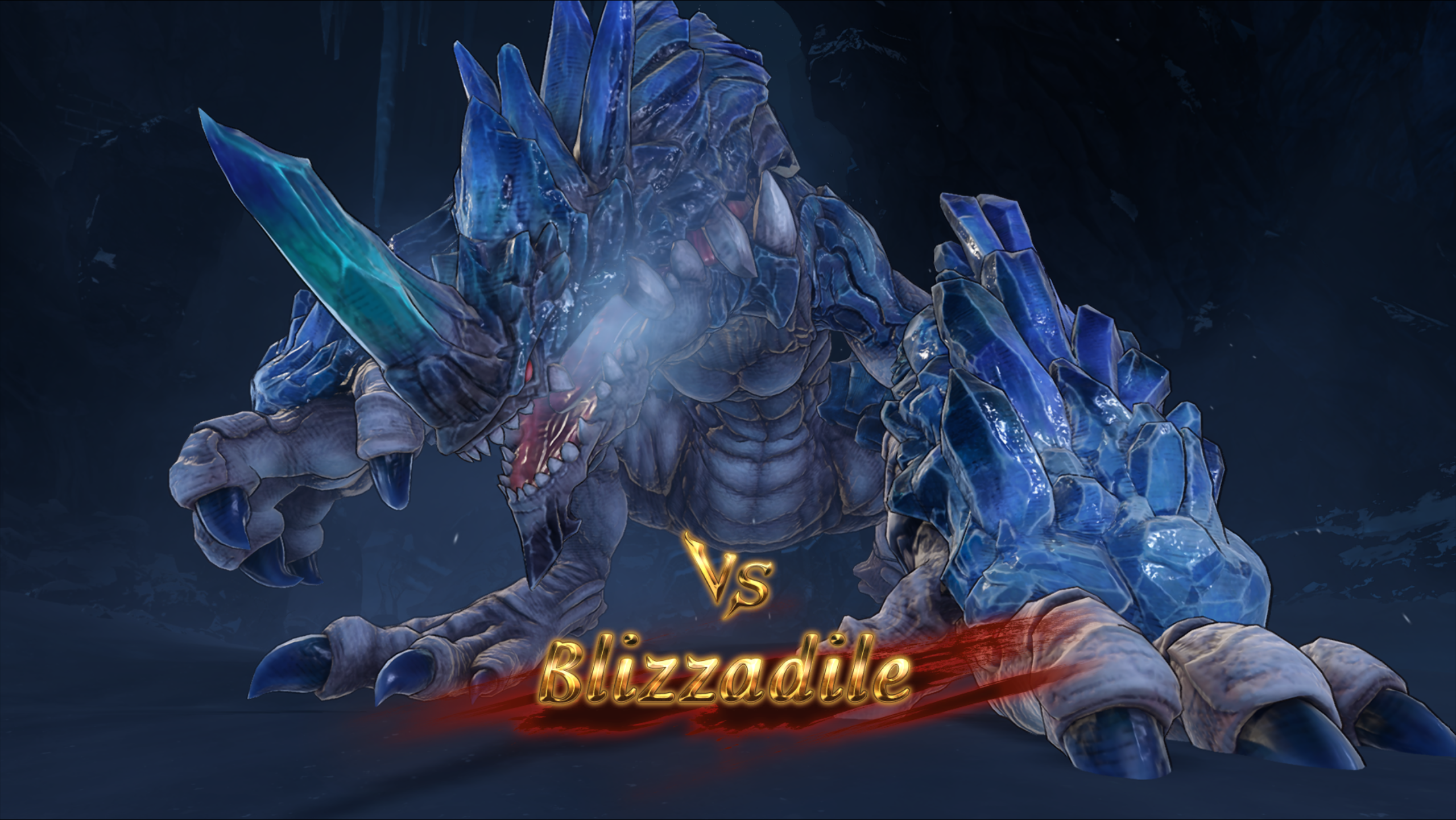
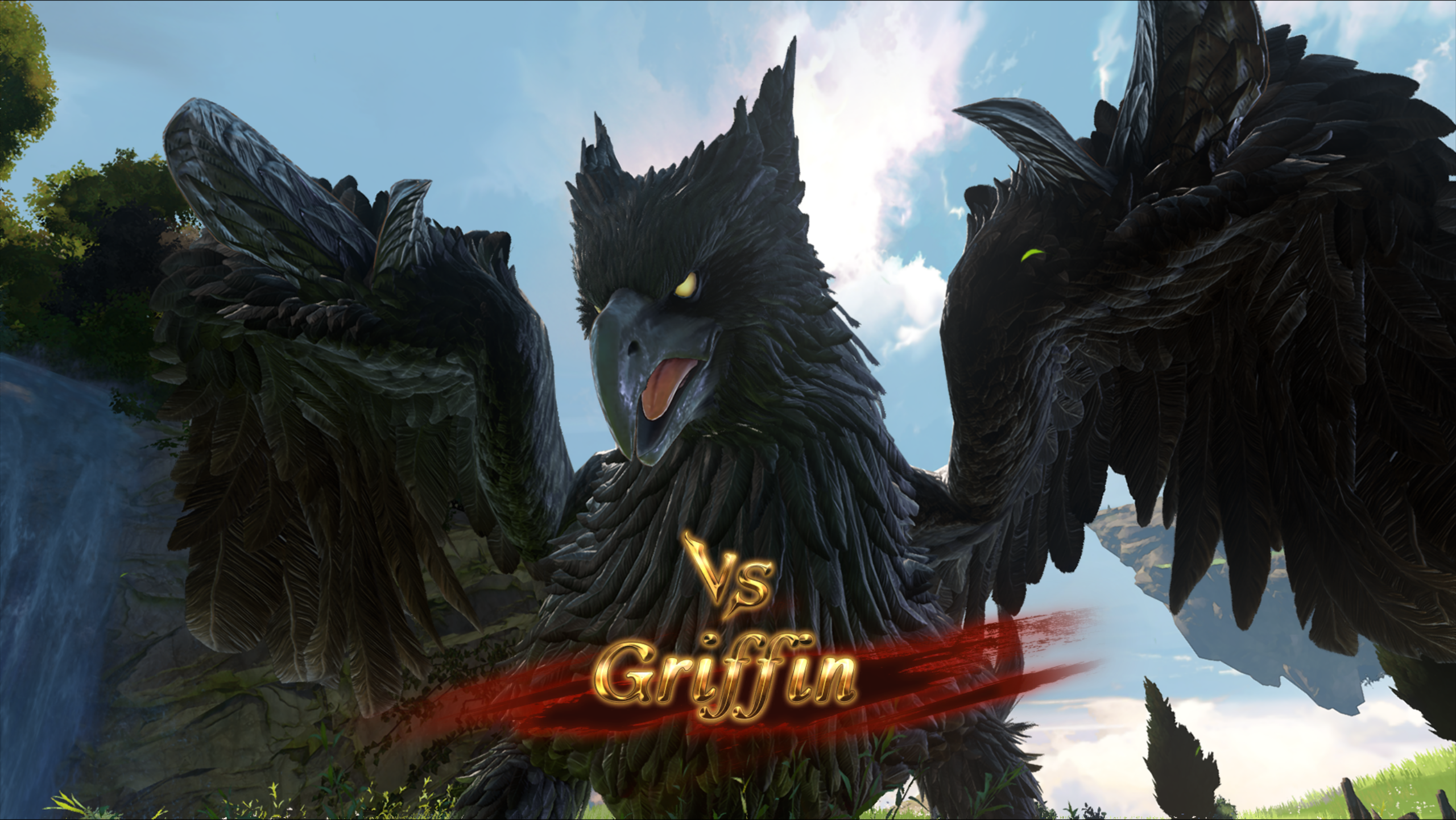
In these moments the game feels like Monster Hunter, if Monster Hunter kept whisking me away to the best bits of hunting in a flash—the bits where I'm brandishing a weapon as big as my character and using it to whack something the size of a house as I expertly dodge a dozen different magical blasts.
Just like Monster Hunter, these beasts (and the places I fight them in) do repeat—maybe they'll be in a different colour, possibly have a new name, hopefully come with an equally powerful pal or two just to make things more difficult, and be more vicious than ever before too—but like Monster Hunter's endlessly revisited Rathalos fight, the thrill of the hunt against a fine-tuned boss whose claws are sharper than ever is more than enough to make these repeat scuffles feel fresh.
Here, early story bosses are transformed into powerful foes able to fill arenas with deadly hazards and wipe out characters I was sure were too tough to be troubled by enemies like these. I love these hyped-up rematches, each new fight only encouraging me to push my luck just that little bit further, to dodge-skip straight through something I might have run away from before, as I become more familiar with their tells and the potentially fatal attacks that come after.
When they've been toppled and I'm back in town, I'm still not short of things to keep me busy. There always seems to be some new villager asking for help collecting a few items I probably don't have, a new sword to forge, an old one to upgrade, or a max-level one to customise further in at least three different ways.
It's this customisation that makes all of the between-battle stat-fiddling so appealing. I'm not just making a character stronger, I'm making them mine. The new batch of ability augmenting sigils that unlock at this point in the game (once I've earned them, that is—not exactly an easy feat as I have to pull together a small pile of high-value items for each one) are often tailor-made for specific characters, benefiting a unique skill of theirs or enhancing someone's personal battle abilities.
I'm glad Relink waited until now to give me these new toys, because it's only after I've poured all these hours into the game that I have any hope of really making use of them. At this point I can understand how to make the most of a 0.5% skill cooldown per hit when a particular stance of Charlotta's is active, or appreciating why generating an extra butterfly for Narmaya whenever she lands a combo finisher might be worth considering.

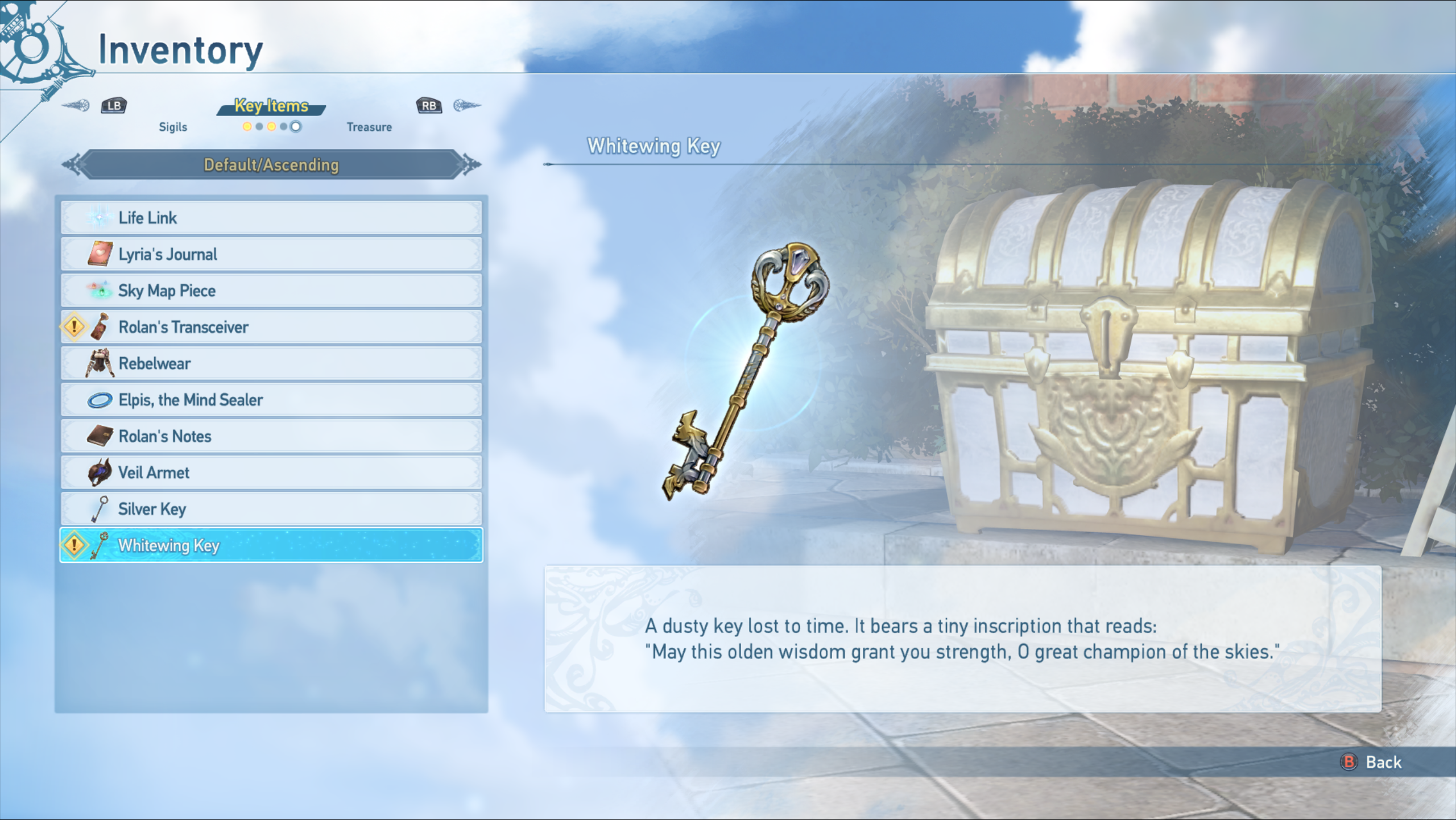
I've not just been given more stuff for the sake of it—I've been given the time to understand why I'd want it in the first place.
The entire experience is an unstoppable and enjoyable monster slaying loop where I'm never far from the next fight, and the next fight is always worth winning. RPGs tend to leave me exhausted by the end, too much of everything—dialogue, story, fights—dragging on for too long. Relink stands out, especially in this post-game area, because it insists on giving more than it takes.
I felt energised by its generosity. Did I want to push myself harder than ever before? I could. Did I want to go back and replay my favourite part of a particular chapter with my new endgame team? There's a menu for that. Go hit a big monster with friends again just for the fun of it? It only takes a few clicks. It's so easy to like, so easy to dip back into and get straight to whatever part of the game I enjoy most.
My only complaint about Relink's endgame is that it makes other RPGs look bad. How is anyone supposed to accept one (1) additional superboss and the chance to trudge through some barely-altered New Game+ hunting for scraps of something fresh after this?







